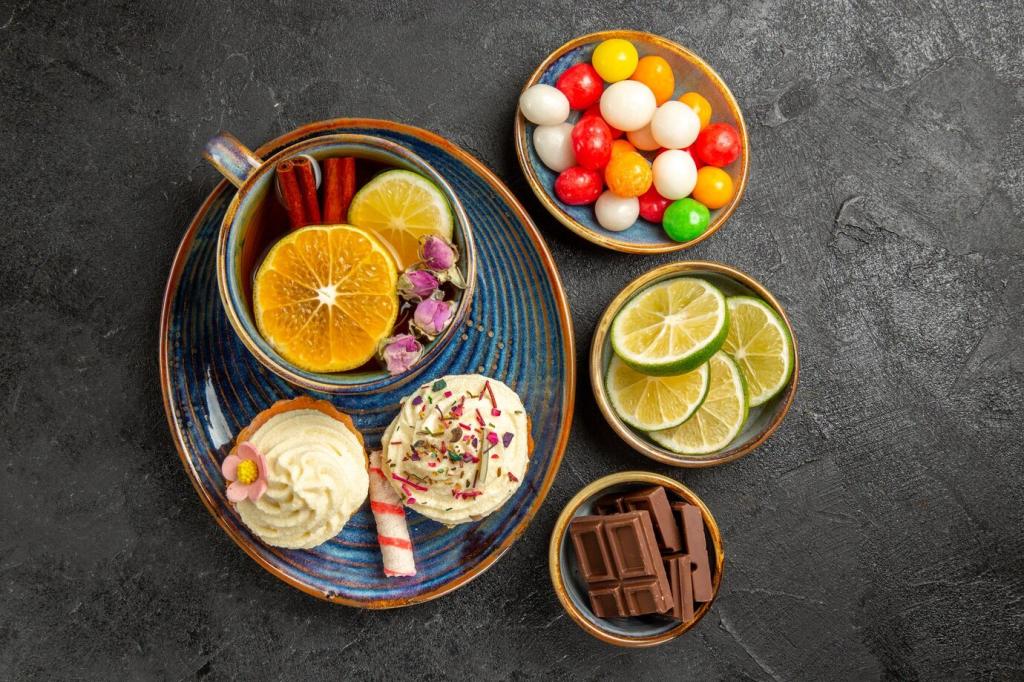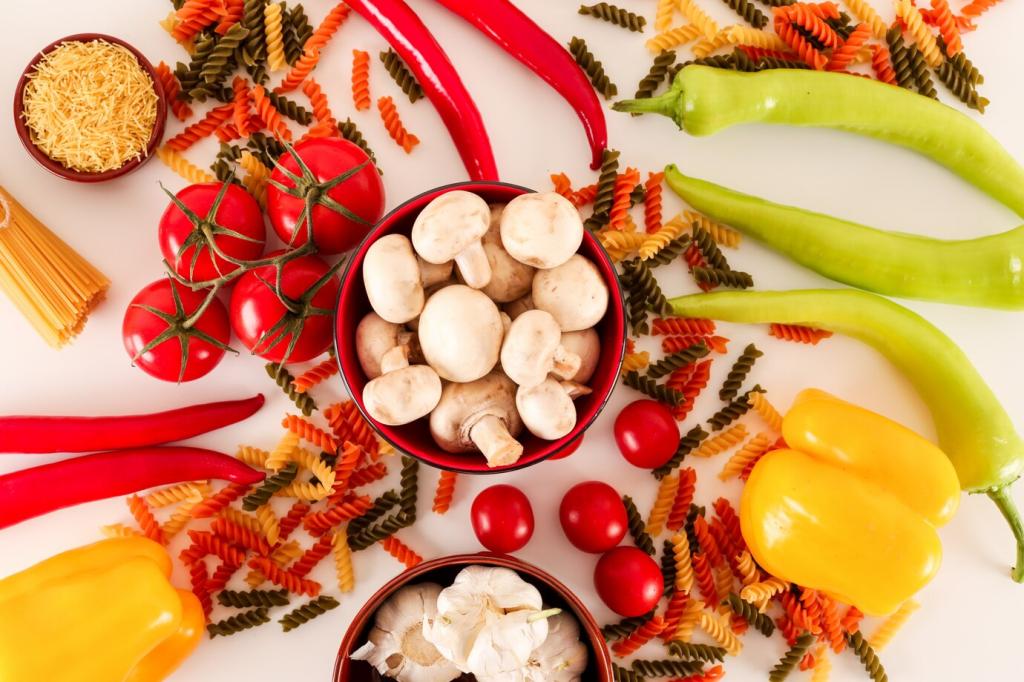Dive Into Korean Kimchi Jjigae: A Spicy Kimchi Stew
Chosen theme: Korean Kimchi Jjigae: A Spicy Kimchi Stew. Welcome to a bowl that crackles with tangy heat, friendly steam, and the kind of comfort that makes conversation linger. Pull up a chair, grab your spoon, and let’s simmer something unforgettable together.
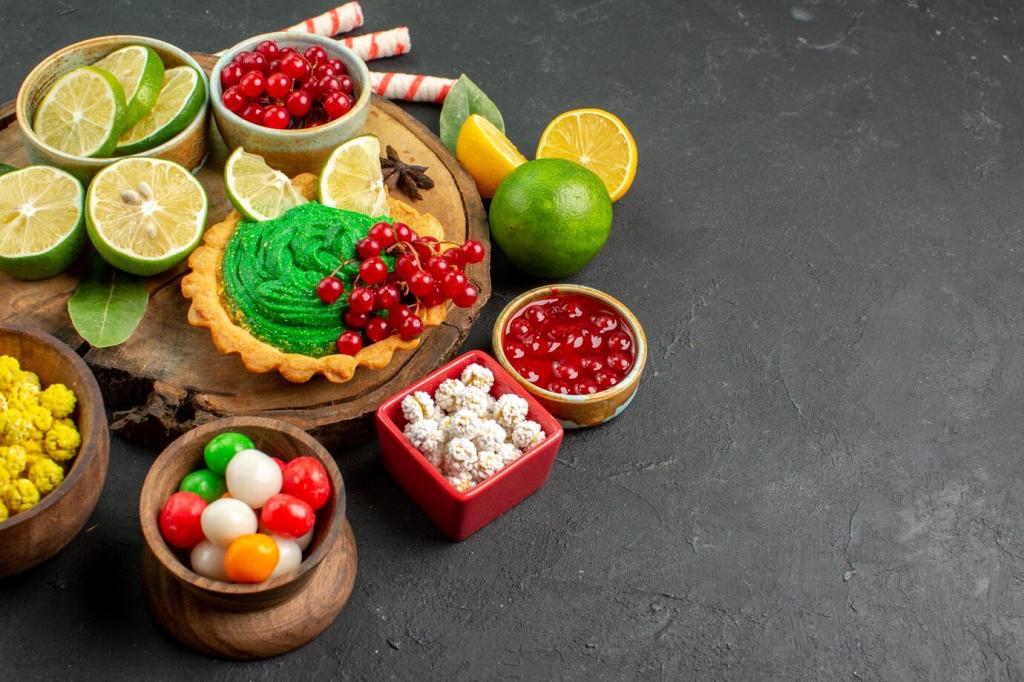
From Fermentation to Fire
Kimchi existed long before chilies reached Korea, but the arrival of red pepper in the 16th century turned the stew into a vivid, spicy emblem of home. Aged kimchi—mukeunji—brings tang, depth, and a story in every ladle.
The Ttukbaegi Tradition
A sturdy earthenware pot, ttukbaegi, keeps kimchi jjigae audibly bubbling at the table, so every bite stays hot. Its thick walls capture heat and memory, making weeknights feel like a celebratory family gathering.
Grandma’s Winter Pot
On snow-heavy evenings, my friend’s grandmother would lift a lid of steam and laughter, announcing dinner with the sizzle of pork and kimchi. One spoonful later, everyone’s shoulders dropped, and stories began to tumble out.
Ingredients That Build the Broth
Older kimchi brings a deeper sourness that stands up to heat and fat, delivering complexity you cannot fake. If it tastes assertive cold, it will taste glorious when simmered, mellowed, and spooned over warm rice.
Techniques for a Perfect Simmer
Briefly sauté kimchi with a little oil, gochugaru, and pork or mushrooms to coax out fragrance and caramelized edges. This step creates savory fond that dissolves into the broth and powers every spoonful.
Techniques for a Perfect Simmer
Taste early and often. If salt climbs too fast, add water or stock; if sourness dominates, stir in gochujang or a sliver of sugar. Aim for a lively bite that invites another sip, not a shout.
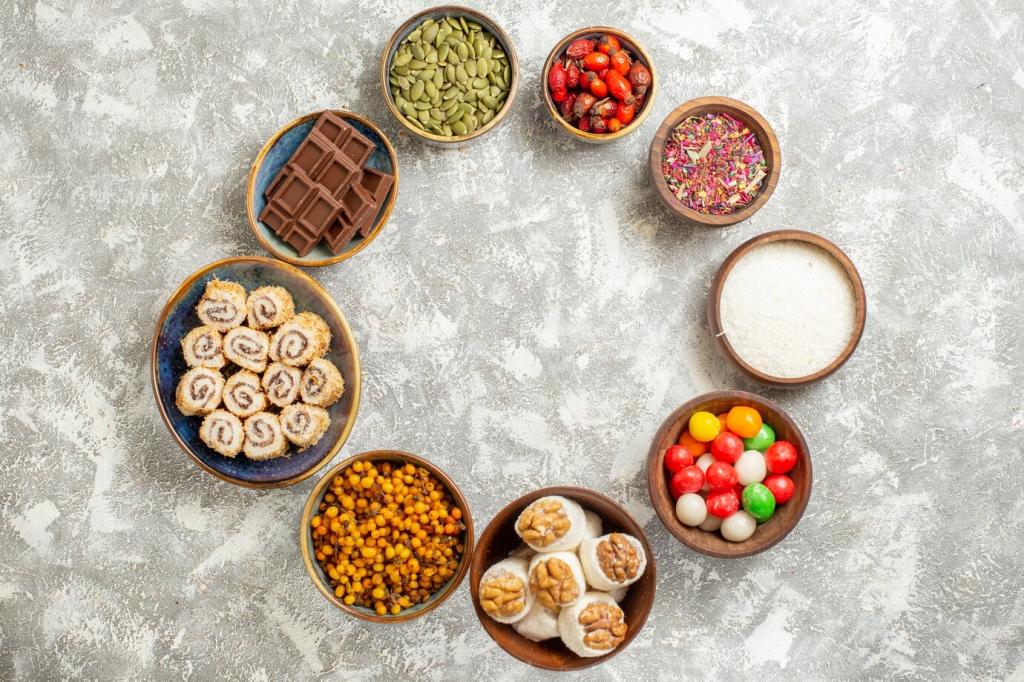
Variations Across Tables
Thin slices of pork belly render into the pot, lending body and richness that hug sour kimchi beautifully. The interplay is timeless: silky fat, tangy crunch, and a finish that lingers like a friendly ember.
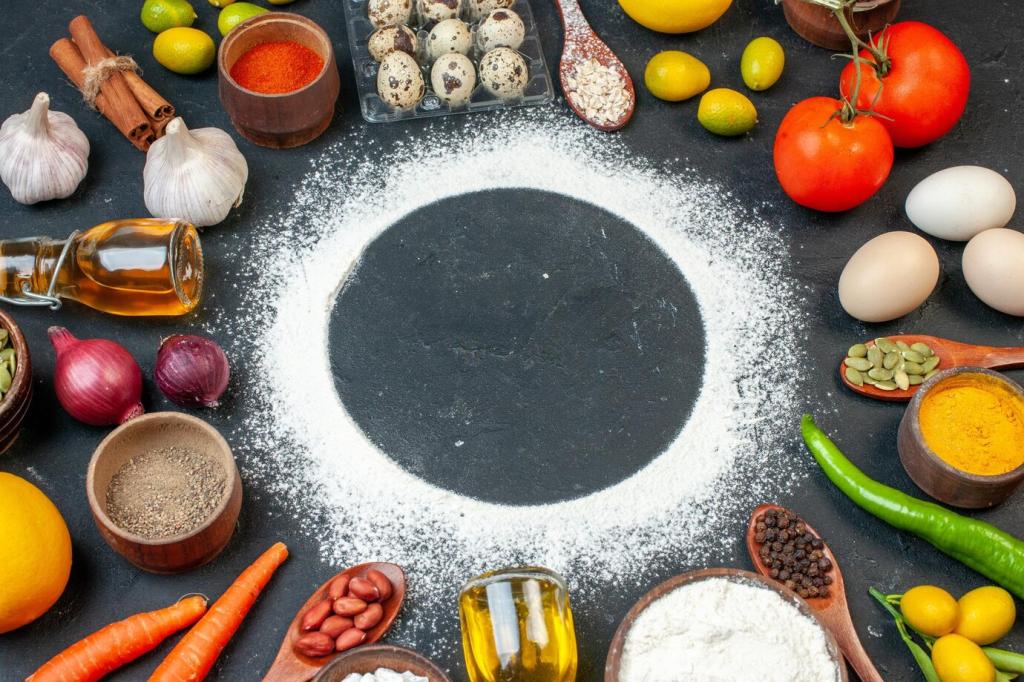
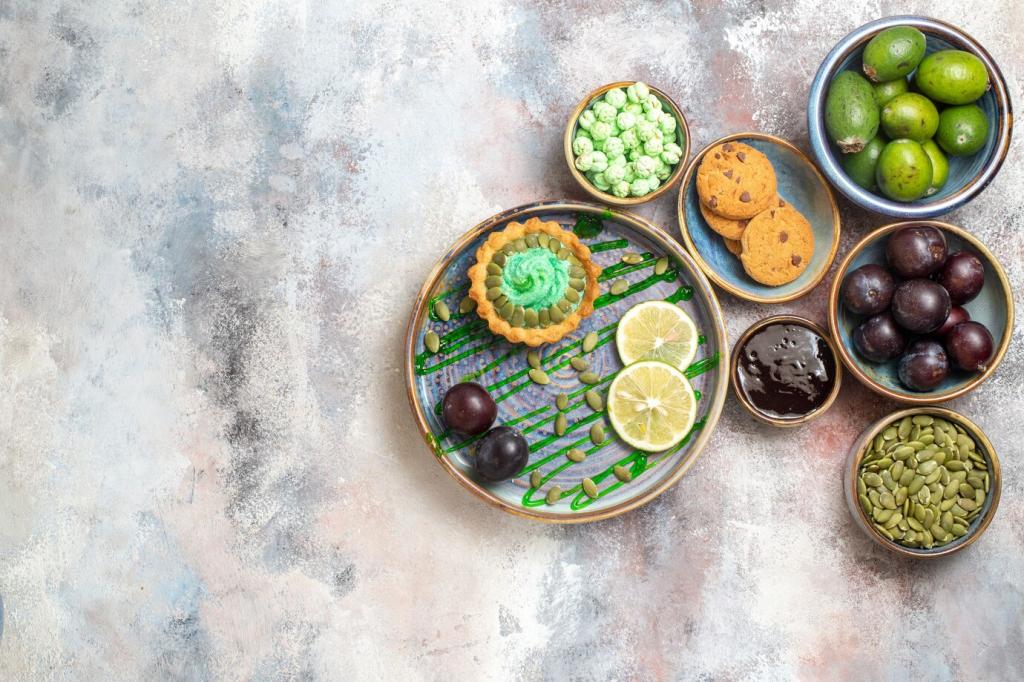
Rice, The Reliable Rescue
Short-grain steamed rice steadies the spice, carrying broth and kimchi across the palate in cozy waves. Spoon stew over rice or chase each bite; either way, it turns heat into harmony.
Banchan That Belong
Crisp cucumber muchim, bean sprout namul, and radish kimchi bring crunch, brightness, and contrast. Together they create a rhythm—spoon, bite, sip—that keeps your bowl exciting from first bubble to last.
Bring It to the Table Bubbling
Serve in ttukbaegi to keep the stew singing through the meal. That lively boil invites conversation, slows down time, and turns a simple dinner into a tiny celebration worth sharing with friends.
Health, Comfort, and Kitchen Science
Lactic-acid bacteria from well-made kimchi can support gut health, while garlic, scallions, and cabbage bring fiber and phytonutrients. Gentle simmering preserves personality, delivering comfort without losing the vegetable’s lively character.
Health, Comfort, and Kitchen Science
Chili heat can spark endorphins and a pleasant warmth that lingers after the meal. For some, it even boosts a sense of focus, turning dinner into a small, satisfying recharge session.


Your Turn: Stories, Tips, and Community
Have a memory tied to aged kimchi and stew season? Drop your story below—what did the kitchen smell like, and who showed you the first perfect ladle? Your nostalgia might inspire someone’s dinner tonight.
Your Turn: Stories, Tips, and Community
Are you team gentle glow or volcanic boil? Comment your preferred spice level and the gochugaru-to-gochujang ratio you swear by, so others can calibrate their own bowl with confidence.
